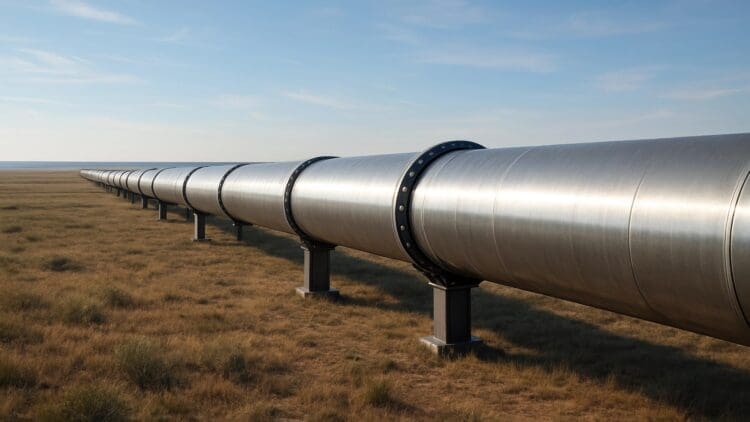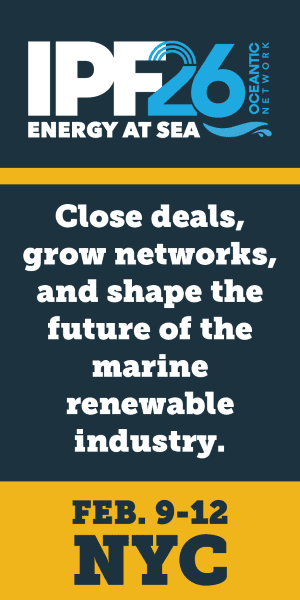The war in Ukraine has had a horrific impact, not only on the people in the region but also on the global gas sector. As the cold European winter approaches, energy demand is set to rise; however, a shortfall in renewable energy capacity has placed pressure on the gas sector as populations turn to the conventional market to alleviate the pressure on the sector and supply essential energy. The EU has seen its gas reserves drop to the lowest point since 2021, sparking substantial supply worries in the midstream sector.
The weather conditions, along with the ongoing conflict in Ukraine, have placed the EU’s gas sector in danger
As the exceedingly cold European winter months approach, the annual rise in energy demand is expected. However, the EU is reporting a worrying trend in the gas sector that will place pressure on the market due to gas reserves dropping to their lowest levels since 2021.
The major contributing factor to the poor gas reserves has been the less-than-ideal performance of the wind power sector, along with the phase-out of Russian gas, which has consumed the international energy market. Russia used to supply the vast majority of the world’s gas; however, the Ukraine war has led to many nations opting to cut ties with Moscow, leading to significantly lower gas reserves for the winter months ahead.
Any interruptions in gas production during the winter months to come will exacerbate the situation
Industry experts have noted that if the gas sector experiences any interruptions in the cold winter months to come, the situation may become worse. At this time last year, European natural gas inventories were far above the five-year average; however, by the end of the year, inventories fell below the five-year average and have been below that level ever since. Current inventories are 16% below last year’s levels.
Industry insiders have warned of a potential repeat of the 2021/22 energy crisis
The major hindrance to the gas reserves this year has been the decreased production through the wind sector. The full-scale invasion of Ukraine by Russia in 2022 placed the international gas sector in a terrible position. Most countries cut business ties with Moscow, while still keeping the dream of a peaceful European region alive by maintaining a small import of Russian gas. Albeit a substantially smaller amount than in previous years.
During Q2 of 2025, Europe imported about 1/6 less than it did in the same quarter of 2022. Natural gas demand in Europe during this year was above 2023 & 2024 levels in the first three months, which can mostly be attributed to a shortfall in renewable energy production due to poor weather conditions. Industry insiders note that if any more disruptions in the sector take place during the winter months to come.
The United States and Norway have picked up where Russia left off in the gas supply for Europe
As the majority of the world turns away from Russian gas and energy imports overall, the United States and Norway have seen increases in gas demand. In 2025, Norway and the US will provide roughly half of all European gas imports, although Norway’s output is set to decline. One nation that still does business with Russia is China. The pair has plans to build a huge pipeline to transport energy to the Asian region.
Russian-made gas still has a foothold in Europe as energy demand rises
As the cold winter months approach, an expected rise in energy demand will consume the region. While the phase-out of Russian gas has begun, Europe still relies on Russia for approximately 10% of its gas imports. Both the United States and Norway, which have stepped up to meet gas supply in Europe, are set to forecast a decrease in gas production by the end of the decade. Europe’s midstream sector will need to develop a more inclusive environment that fosters an increase in gas production, much like the new project in Panama, which is set to build a new cross-border pipeline.





